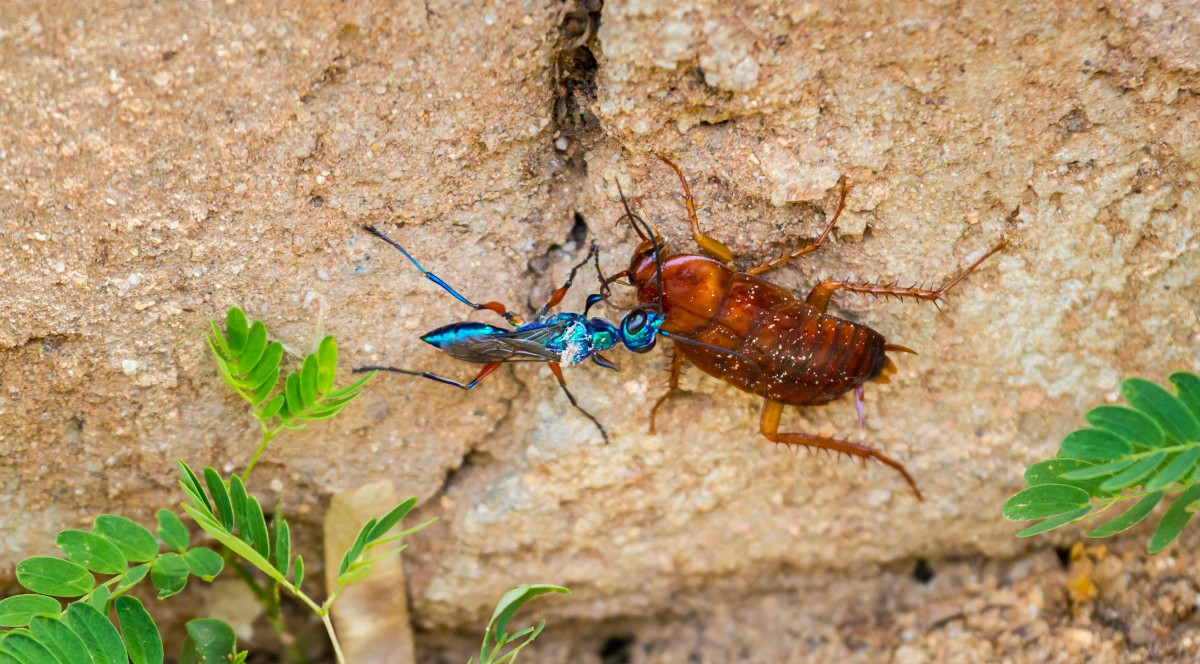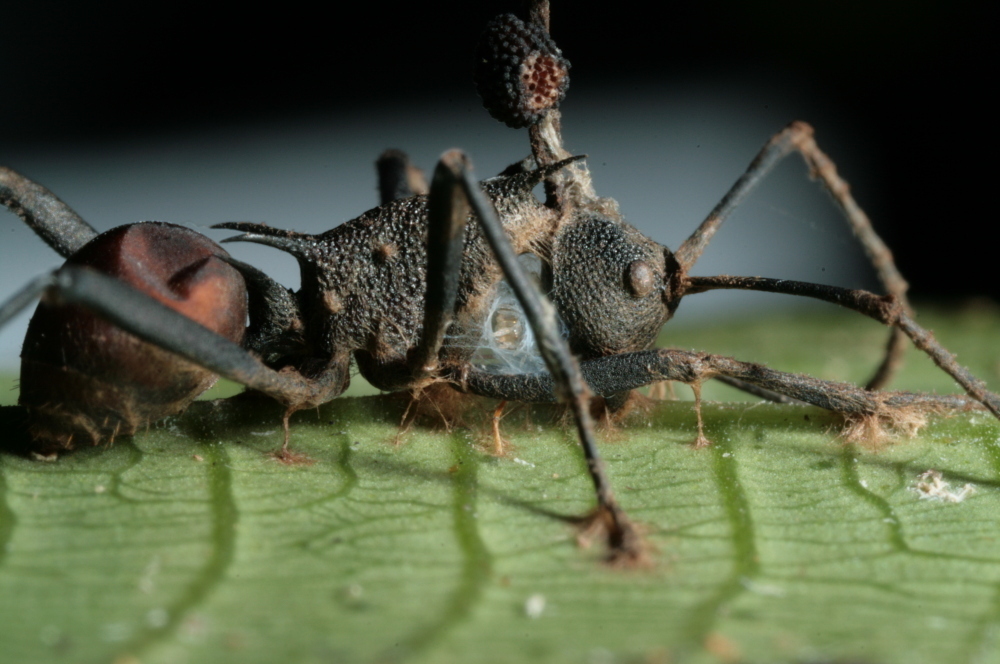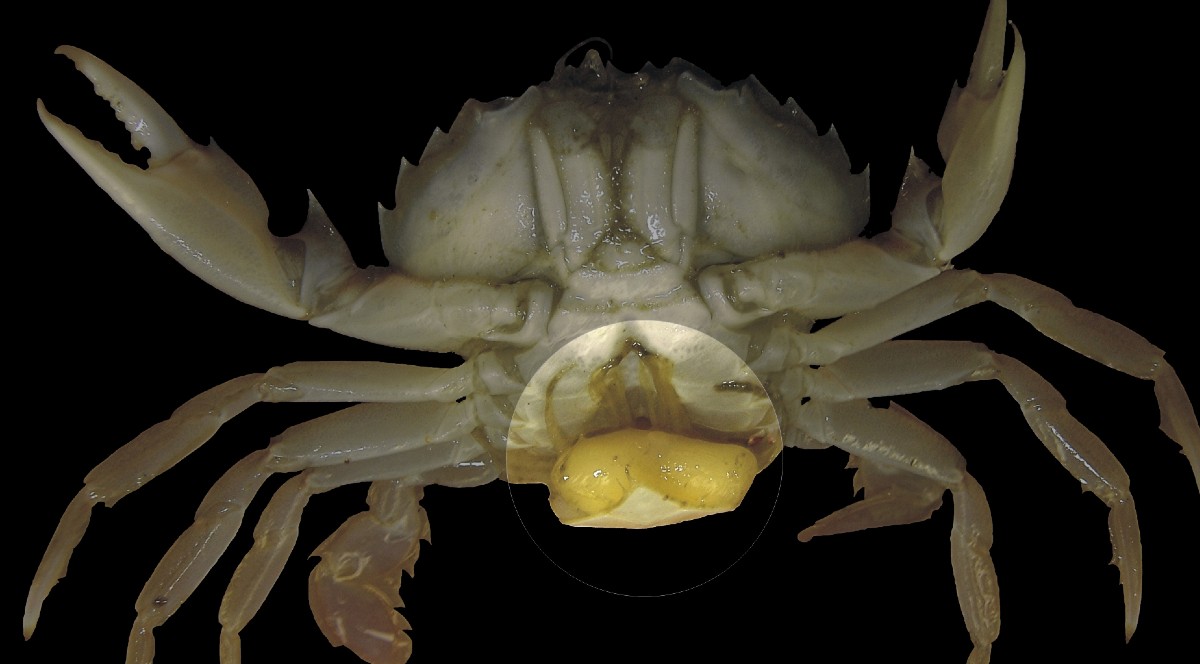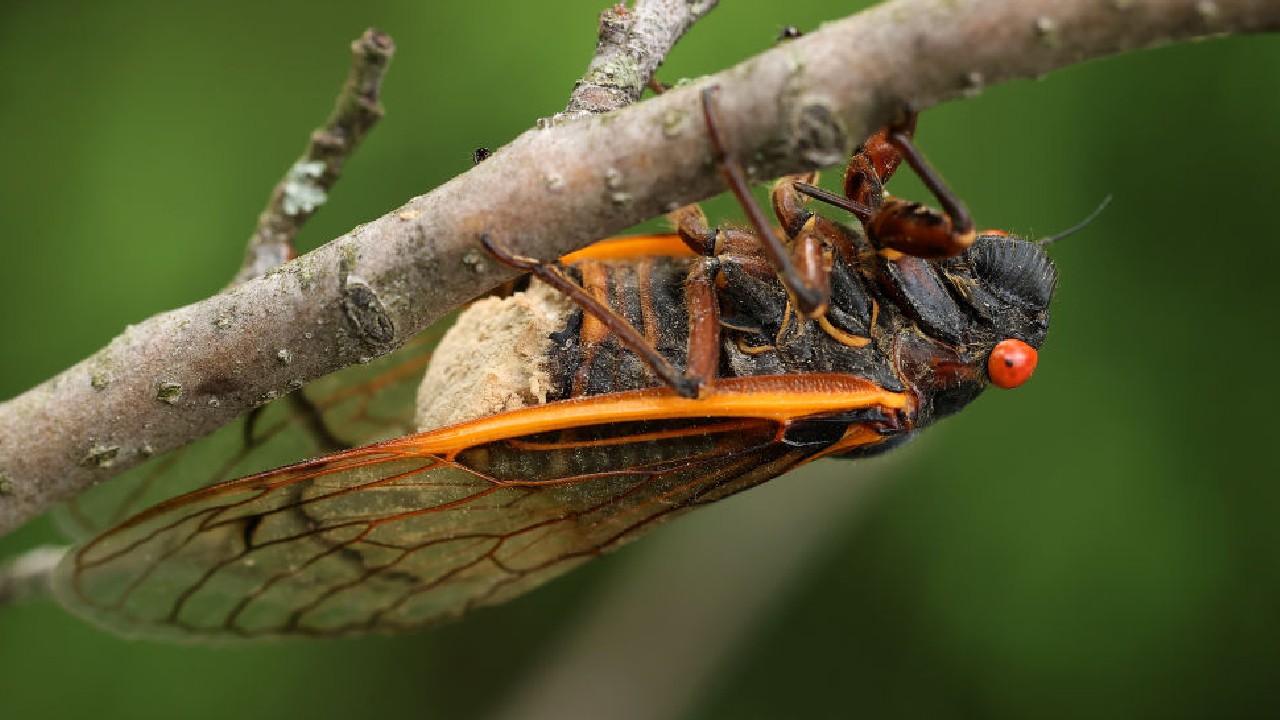Zombie animals: 10 real-life cases of body-snatching
Zombie movies have it all wrong. Parasites are the real zombie killers.
Zombie movies have got it all wrong. Zombifying viruses are unlikely to give dead people the brain-munchies — but real-life parasites have the power to take over brains and make real zombies.
Here are 10 of the most shocking examples of bona fide zombie-ism in the animal world.
Parasites put pill bugs in deliberate danger

Roly-poly bugs, potato bugs, pill bugs: They're cute and innocuous members of the insect world, right? Sure, as long as they haven't been taken over by an acanthocephalan (Plagiorhynchus cylindraceus) parasite. According to the University of Michigan's Animal Diversity Web, the parasite lives in the intestinal tracts of starlings (Sturnidae) and gets pooped out and eaten by hungry pill bugs, which love bird poop. Once inside the body of an oblivious roly-poly, the parasite takes over its brain and urges the zombified bug to do ill-advised things, such as making its whereabouts widely known to predators like starlings. And thus the parasite completes its journey when a starling swoops in and eats the zombie pill bug, and the parasite waits for its chance to find another bug upon which to practice mind control.
Kidnapped cockroaches carry the larvae of wasps

It's straight out of Hollywood: A quick stab to the brain turns an innocent onlooker into the victim of a brutal assault and kidnapping. Except this time, that defenseless victim is one of the world's most hated insects —the cockroach— and the villain is a wasp. In this true story, the venom of the emerald cockroach wasp (Ampulex compressa) renders the cockroach unable to move, though it is not paralyzed, according to research published in 2010 in the journal PLUS ONE. Once the cockroach is immobilized, the wasp implants its abdomen with a single egg and drags it into the wasp's lair. The larva later hatches and eats the still-living but zombie-like cockroach from the inside out. A month later, the now-mature wasp flies away from the scene of the crime, leaving only a rotting cockroach carcass behind.
Ant zombies give their bodies to fatal fungi

Ophiocordyceps unilateralis is a pathogenic fungus that preys on carpenter ants (Camponotus) and snatches their body for their own gain. This fungus infects the ant and then uses chemical signals to direct the hapless insect on a very strange path. The zombified ant leaves its colony and begins to climb up a nearby tree, taking a jaw-grip on the underside of a leaf, where it stays. A 2019 study published in journal Behavioural Ecology, suggests that the fungus targets "phototaxis pathways" which makes the infected zombie ants climb towards the light. The ant eventually dies as the fungus spreads around the ant's body, and the fungus produces a stalk from the dead zombie's head from which spores are released, intended on infecting more ants in the colony.
Barnacles turn crabs into cribs for their babies

It's a story of crab-meets-barnacle, with a twist. A female Sacculina barnacle (Sacculina carcini), also known as the crab-hacker barnacle, wants to nest inside a crab, so it looks around until it finds soft tissue at the crab's joint to burrow into, leaving its old barnacle body behind. Once inside, the barnacle makes a nice little home that looks like a tumor, extending tendrils through the crab's body and slowly eating its host. After killing the sex organs of its new host, the barnacle makes its still-living home become the babysitter, as the crab loses interest in anything but serving its zombie overlord.
According to the Smithsonian Institution, the barnacle manipulates the crab to care for the barnacle like it would its own offspring — protecting it, grooming it and wafting it with fresh oxygenated water. The barnacle also bores a hole through the crab's shell and invites willing males to come and mate. Hey, the babies are going to be well-looked-after in a cozy home.
Get the world’s most fascinating discoveries delivered straight to your inbox.
Spiders spin cocoon homes for their own killers

The poor Leucauge argyra. This Costa Rican spider, just looking to catch some bugs, can be taken over by a parasitic wasp (Hymenoepimecis argyraphaga) that plants its larvae inside the spider's body, along with a new blueprint. Instead of building a web, the spider spends the last night of its life constructing a silk cocoon, which becomes a home for its killers, according to a 2001 study in the Journal of Arachnology. When the silk sack is done, the larvae kill the spider. Then they take up residence in the cocoon, suspended safely above the predators of the rainforest floor. That's some gratitude!
Parasites push wolves to make riskier decisions

Parasite puppeteers are pulling wolves’ strings in Yellowstone National Park, goading the canines into taking greater risks, according to a 2022 study published in the journal Communications Biology. The parasite is a single-celled organism called Toxoplasma gondii, which only reproduces in cats. T. gondii causes a disease called toxoplasmosis that comes with a range of symptoms, including increased testosterone levels and behavioral changes.
Researchers suspect the Yellowstone wolves were exposed to T. gondii after eating the feces of infected cougars (Puma concolor). Once infected, the wolves were more likely to exhibit risky behaviors, such as abandoning their packs to form new ones or asserting themselves as pack leaders — behaviors that likely require vicious fights and may lead to death. The researchers propose that this behavior could influence the rest of the pack and "increase the likelihood that uninfected individuals encounter infected cougars", the study authors wrote.
Fungus fine-tunes frogs’ mating calls

For some frog species, being a zombie comes with temporary perks. In a 2016 study published in the journal Ecology and Evolution, researchers found that male common mist frogs (Litoria rheocola) infected with a fungus called Batrachochytrium dendrobatidis were more successful at finding a mate compared with uninfected frogs. Infected males called for a female mate more during the night than uninfected frogs, which may explain their reproductive success. A 2016 study in the journal Biology Letters found similar results while observing male Japanese tree frogs (Hyla japonica) infected with the same fungus. In that study, infected males called for a mate more rapidly and produced longer calls than uninfected frogs.
Fungus turns cicadas into sex-crazed zombies

All good things are worth waiting for, right? For cicada larvae, their wait may take up to 17 years, during which time they stay buried underground, waiting to emerge as adult insects. But when some cicadas finally drag themselves out of the earth, they are turned into sex-crazed zombies by a butt-hungry fungus. According to a study in the journal Scientific Reports, the fungus Massospora cicadina targets emerging cicadas and eats away at their abdomen and rear end, leaving a yellowish clump of spores in their place. The fungus also takes control of the cicada's brain, sending it into a sexual frenzy and spreading the fungal spores to other cicadas.
Parasitic worms keep killifish at the surface

Even sea-dwelling animals can’t escape from body-snatching parasites. Euhaplorchis californiensis, a species of parasitic flatworm, can infiltrate the brains of California killifish (Fundulus parvipinnis) and cause them to swim to the water’s surface, exposing them to flying predators that feast on their fins. Once inside their new fish homes, these tiny flatworms reproduce and form thousands of cysts within their host. According to a 2008 study in the journal Proceedings of the Royal Society B, the flatworm changes the fish’s serotonin and dopamine metabolism to control the fish’s movements.
Parasites put mice in the mouths of their predators

One of the best ways for a parasite to spread is to be eaten by its host's natural predators. As previously mentioned, Toxoplasma gondii can change the behavior of its host. However, in some species, T. gondii will cause its zombie host to walk straight into a predator’s mouth. A 2013 study published in the journal PLOS ONE found that mice infected with T. gondii showed high levels of testosterone in their systems, making them less afraid of cats. Another study in PLOS ONE suggested infected rats feel a type of "sexual attraction" to the smell of cat urine, making them more likely to live near their feline foes.
Rodents are not alone in thistoxoplasmosis induced-behavior. According to a study published in Current Biology, infected chimpanzees (Pan troglodytes troglodytes) show no fear when confronted with the urine of leopards (Panthera pardus), their only natural predators.

Scott is a staff writer for How It Works magazine and has previously written for other science and knowledge outlets, including BBC Wildlife magazine, World of Animals magazine, Space.com and All About History magazine. Scott has a masters in science and environmental journalism and a bachelor's degree in conservation biology degree from the University of Lincoln in the U.K. During his academic and professional career, Scott has participated in several animal conservation projects, including English bird surveys, wolf monitoring in Germany and leopard tracking in South Africa.
- Katherine GammonLive Science Contributor


